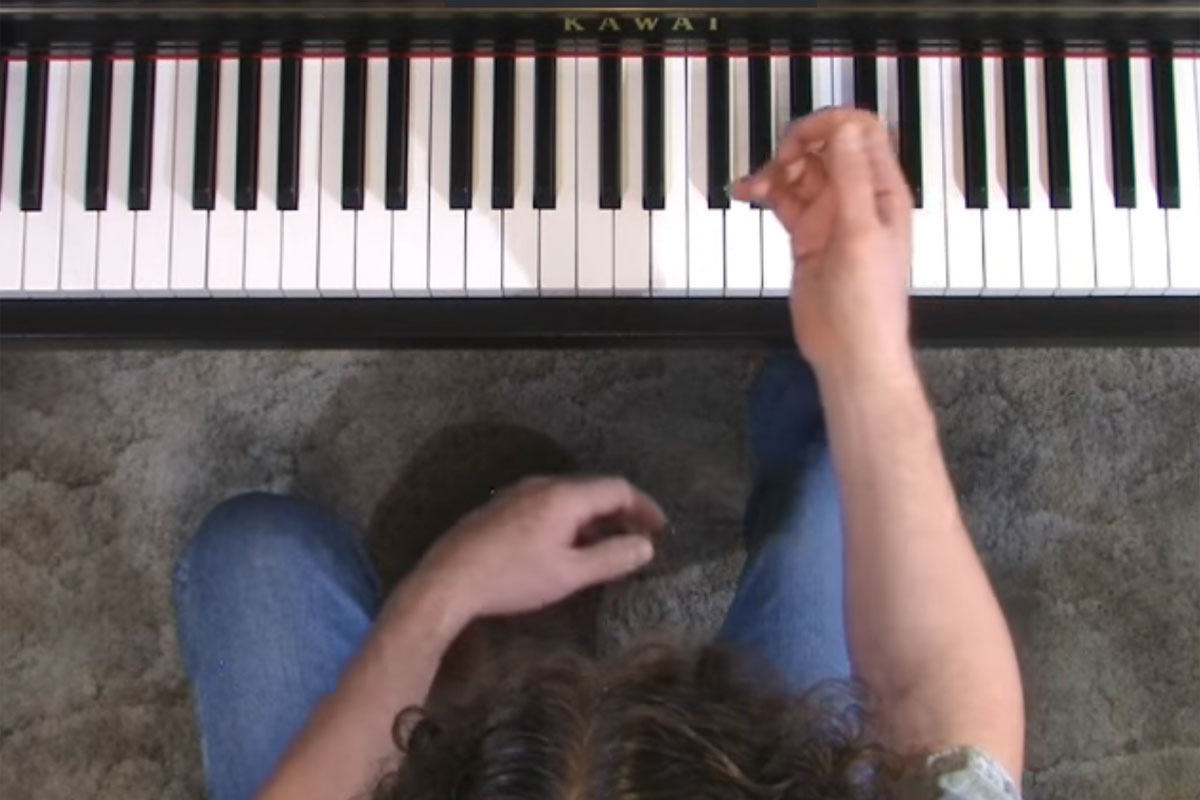
This is a very different technique from soft playing, so practising both will develop your versatility and ability to play music with effective dynamic contrasts. Rather than relying solely on the strength of the fingers to press the keys hard enough, it helps to use the weight of your forearm driven through firmly held fingers to achieve the pressure required for loud playing. In order to play a note loudly the key must be depressed fast - high velocity. Practising forte (loud) or fortissimo (very loud) playing alongside pianissimo playing will further develop your control over the piano keys.

Doing this kind of exercise regularly in the right way will go a long way towards making your touch more light, controlled and agile. The combination of pianissimo playing which requires low velocity depression of the keys, with staccato playing which requires high velocity release of the keys is an excellent challenge. Playing staccato at the same time as pianissimo helps to further develop sensitivity in the fingers because the fingers must feel the point at which the key reaches its deepest point and then release very quickly. A higher velocity of striking the key will result in a louder sound, so the velocity of depressing keys for quiet playing must be slower and under control.

Pianissimo playing helps to develop control and sensitivity because the speed at which the key is depressed (velocity) must be very carefully controlled in order to produce a very quiet gentle sound without losing the sound altogether. This is done by holding the key down and only releasing it when the next one is depressed. This is the opposite to legato where each note is connected to the next one. Staccato is a kind of articulation where the notes are played detached - each key is released as soon as it is struck resulting in a short, bouncy sounding note. Pianissimo (very quiet) staccato exercises develop control and sensitivity. Dynamics (loud and soft) are a result of the pressure of touch.

Articulation is a term used to describe the kind of touch, such as legato or staccato. In this article I talk about: Pianissimo playing (very soft), forte/fortissimo playing (loud/very loud), staccato playing (detached and short) and legato playing (smooth and connected) and how these different types of touch and articulation can be used to develop technique as well as to create different sound effects on the piano.


 0 kommentar(er)
0 kommentar(er)
